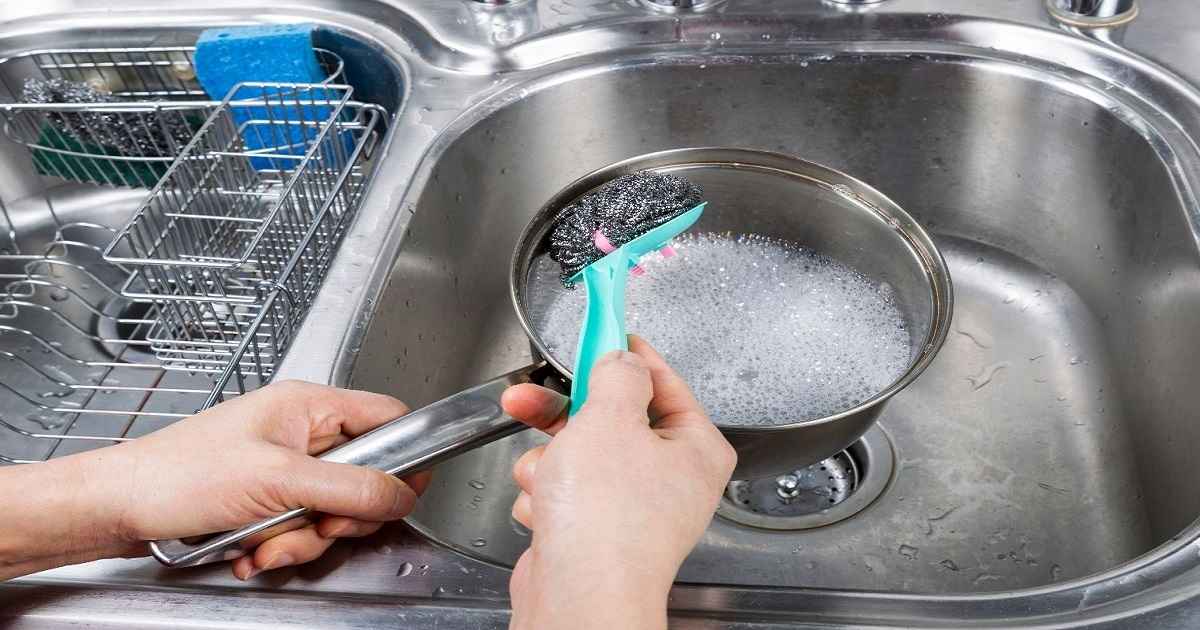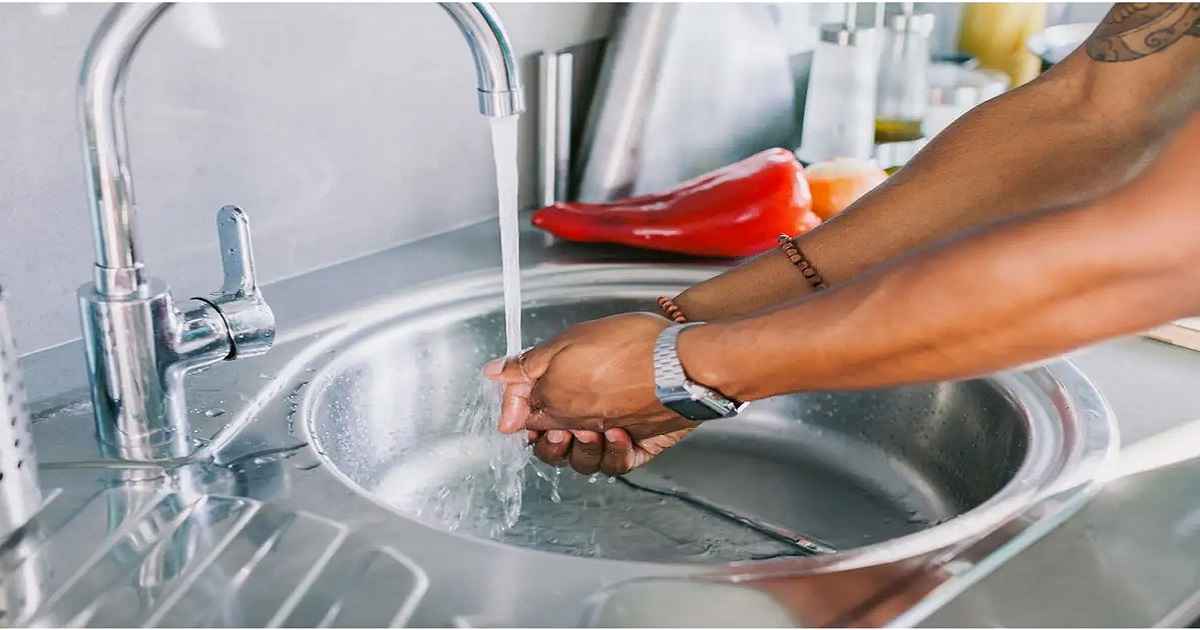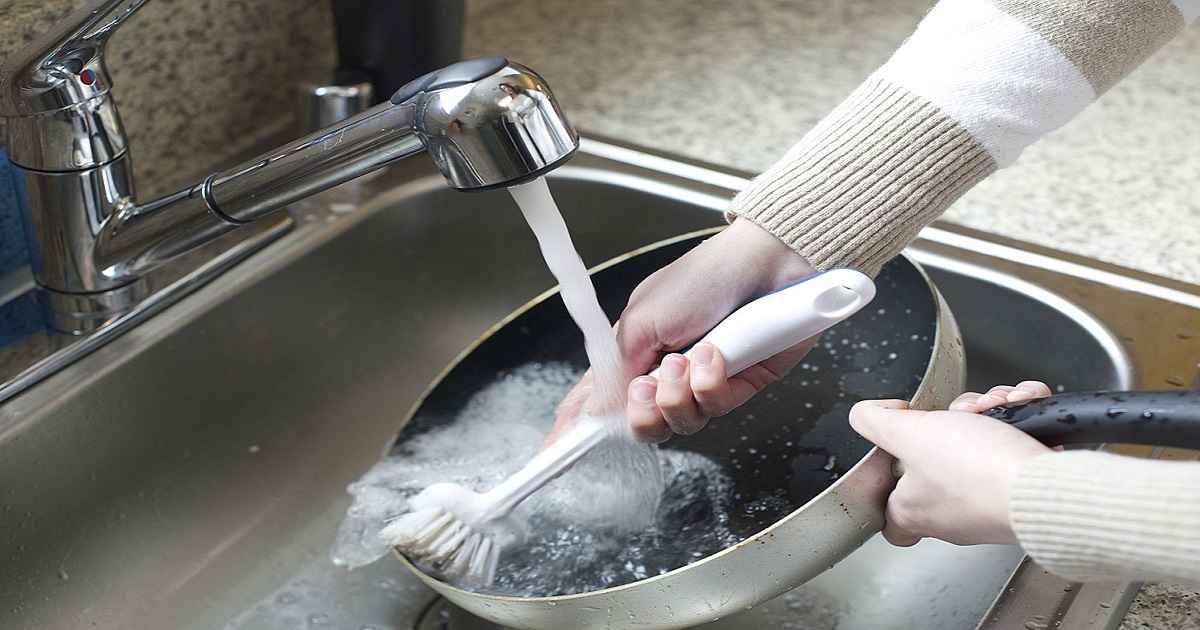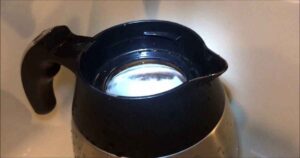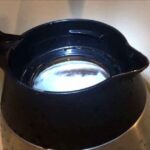Table of Contents
ToggleCan Stainless Steel Get Wet
Introduction
Can Stainless Steel Get Wet? Understanding Its Properties and Care
When it comes to materials used in various applications, from kitchenware to construction, stainless steel often tops the list due to its durability and aesthetic appeal. A common question that arises is whether stainless steel can get wet and how it reacts to water exposure. In this comprehensive guide, we will explore the interaction between stainless steel and water, its corrosion resistance, and best practices for maintaining its quality over time.
The Composition of Stainless Steel
What Makes Stainless Steel Resistant to Water?
Stainless steel is an alloy made primarily of iron, chromium, nickel, and other elements like molybdenum. The chromium in stainless steel forms a protective layer of chromium oxide on the surface, which prevents corrosion and rusting. This layer is what gives stainless steel its famed resistance to water and moisture.
Water Exposure and Stainless Steel
Can Stainless Steel Get Wet Without Rusting?
While stainless steel is highly resistant to corrosion, it is not entirely impervious to rust. The risk of rust increases with prolonged exposure to water, especially if the water contains chlorine or salt. However, under normal circumstances, such as in kitchen appliances or daily utensils, stainless steel can handle water exposure without significant risk of rusting.
Types of Stainless Steel and Water Resistance
Evaluating Different Grades of Stainless Steel in Wet Conditions
Not all stainless steels are created equal. The two main types, austenitic and ferritic, have different compositions and, consequently, different levels of water resistance. Austenitic stainless steel, which contains more nickel and less carbon, generally offers better resistance to corrosion compared to ferritic stainless steel.
Maintenance and Care
How to Keep Your Stainless Steel in Top Condition
Proper maintenance is key to preserving the integrity of stainless steel. Regular cleaning with mild detergents and water, followed by a thorough drying, is essential. Avoid using harsh chemicals or abrasive materials that can damage the protective chromium oxide layer.
Stainless Steel in Different Environments
Water Interaction in Various Settings
The suitability of stainless steel in wet environments varies. In marine settings, where saltwater is prevalent, higher-grade stainless steel like grade 316 is recommended due to its enhanced corrosion resistance. In household settings, standard grades like 304 are usually sufficient.
Long-Term Durability
Stainless Steel’s Lifespan with Regular Water Contact
With proper care, stainless steel can maintain its appearance and integrity for many years, even with regular water contact. Its longevity makes it a cost-effective choice for many applications, from kitchenware to architectural elements.
Conclusion
Summing Up the Relationship Between Stainless Steel and Water
In conclusion, while stainless steel can get wet, its resistance to corrosion and rust depends on the grade of the steel, the type of water it comes in contact with, and how well it is maintained. Understanding these factors ensures that your stainless steel products remain durable and attractive for years to come.
Frequently Asked Questions
Addressing Common Queries About Stainless Steel and Water
- Is stainless steel waterproof? While stainless steel is highly water-resistant, it is not completely waterproof, especially in harsh environments.
- Can stainless steel rust in the dishwasher? High-quality stainless steel is generally dishwasher-safe, but prolonged exposure to harsh detergents and water can lead to surface damage over time.
Final Thoughts
Embracing the Strengths of Stainless Steel in Wet Conditions
Stainless steel’s unique composition and protective layer make it a reliable choice for use in environments where it may get wet. By understanding its characteristics and ensuring proper care, stainless steel
can remain an enduring and elegant material for a wide range of applications.
Tips for Selecting Stainless Steel
Choosing the Right Grade for Your Needs
When selecting stainless steel for an application that involves frequent water exposure, consider the environment and specific use case. For instance, in coastal areas or swimming pools, opt for higher-grade stainless steel to combat the corrosive effects of salt and chlorinated water.
The Myth of Stainless Steel and Water
Debunking Common Misconceptions
A common misconception is that stainless steel is completely immune to water damage. While it is more resistant than many other metals, understanding its limitations and proper care is crucial for preserving its quality in wet conditions.
Innovations in Stainless Steel
Future Trends and Water Resistance
The stainless steel industry continues to innovate, producing alloys with enhanced corrosion resistance and durability. These advancements promise even greater reliability for stainless steel in wet environments in the future.
Environmental Impact
Stainless Steel, Water, and Sustainability
Stainless steel is not only durable but also recyclable, reducing its environmental footprint. Its ability to withstand water without significant degradation contributes to its sustainability, making it a preferred choice in eco-conscious applications.
Wrapping Up
Stainless Steel: A Reliable Companion in Wet Environments
To sum up, stainless steel’s interaction with water is characterized by its corrosion resistance and the need for proper maintenance. By choosing the appropriate grade and caring for it correctly, stainless steel can continue to be a dependable material in various wet environments.
